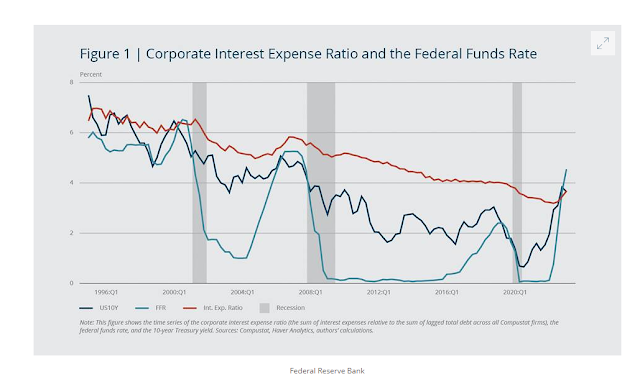As we parse through the complexities of economic data, it's crucial to grasp the nuances that drive our understanding of financial health and stability. The latest bar chart on monthly versus annual percentage changes in various income-related metrics provides a rich canvas to dissect these nuances. Let's unpack this together and decipher what the numbers might be signaling about the current economic landscape.
Monthly Movements Versus Annual Averages
First, it’s important to note the distinct difference between monthly and annual changes. Monthly figures can be volatile, influenced by short-term factors such as seasonal employment, tax changes, or one-off economic events. Annual changes, on the other hand, tend to smooth out these fluctuations and offer a more stable view of trends over time.
Decoding the Data
Personal Income: With a modest monthly increase and a more robust annual growth, personal income seems to be on a steady climb. This could be a sign of overall economic growth, increased employment opportunities, or rising wages.
Compensation of Employees: This metric received a slightly higher monthly uptick compared to personal income, possibly reflecting recent wage adjustments or bonuses. The annual growth outpaces the monthly figures, possibly indicating a consistent rise in compensation over the past year.
Rental Income of Persons with Capital Consumption Adjustment: Here we see a substantial jump annually, hinting at a possibly heated rental market or long-term investments paying off for property owners.
Income Receipts on Assets: Interest and dividend income show a stark contrast. Interest income has seen a significant annual leap, which could be a result of rising interest rates or better returns on savings and bonds. Meanwhile, dividend income presents much smaller changes, potentially reflecting a more cautious corporate profit-sharing scenario or a maturing stock market.
Personal Current Transfer Receipts: The dip in monthly change is intriguing, possibly due to a reduction in government benefits or transfers. However, the annual growth remains positive, suggesting that the dip might be a temporary aberration.
Compensation of Employees: Delving into specifics, both wages and salary disbursements, as well as supplements to wages (like health insurance), show healthy increases. This dual rise is a positive signal for employees, showing both immediate and sustained growth in compensation.
Proprietors' Income: The final metric, which includes adjustments for inventory valuation and capital consumption, exhibits moderate growth. This could reflect the entrepreneurial environment's resilience, balancing out the inventory and asset depreciation over time.
Looking Ahead
The bar chart presents a mixed bag of immediate gains and steady growth, painting a picture of an economy that is navigating through diverse challenges. While the rental and interest income categories have shown remarkable annual increases, the more modest changes in wages and dividends indicate a more nuanced and perhaps cautious economic optimism.















